When it comes to embarking on an outdoor adventure, teh right gear can make all the difference between a memorable journey and a strenuous ordeal. Among the myriad of equipment that hikers and trekkers rely on, trekking poles stand out as essential companions that can enhance stability, reduce strain on joints, and improve overall efficiency on the trail. Yet with an overwhelming array of options available, how does one navigate the intricate world of trekking pole selection? In “The Complete Guide to choosing Trekking Poles: Weight, Material, and Grip Analysis,” we delve into the critical components that define these indispensable tools. From the lightweight versatility of aluminum vs. carbon fiber to the ergonomic designs of grips and their impact on comfort during long treks,our thorough breakdown aims to empower both novice and seasoned hikers alike.Whether you’re traversing rugged mountains or leisurely wandering through serene forests, this guide will equip you with the knowledge needed to select the perfect trekking poles tailored to your unique adventure. Let’s step into the world of trekking poles and discover how to elevate your hiking experience, one pole at a time.
Understanding the Importance of trekking Pole Weight for Optimal Performance
When selecting trekking poles, understanding their weight is crucial for enhancing your hiking experience. Lightweight poles can significantly reduce fatigue during long treks,allowing you to hike longer distances without straining your body. Ideally, your trekking poles should be light enough that you barely notice them, yet sturdy enough to support your weight and provide stability on varying terrains. Consider the following benefits of lighter poles:
- Reduced energy expenditure: Carrying less weight helps conserve energy, making it easier to tackle challenging routes.
- Improved maneuverability: Lightweight poles allow quicker adjustments to your stance and positioning.
- enhanced balance: A pole that feels closer to featherweight can give you better control and stability.
However,it’s essential to strike the right balance between weight and durability. Some ultra-light materials may compromise strength, leading to a higher risk of breakage when subjected to heavy loads or rough conditions. Look for trekking poles made from materials like aircraft-grade aluminum or carbon fiber. These materials offer a solid blend of low weight and high durability.Below is a comparison of common trekking pole materials to help you decide:
| Material | Weight | Durability</th | Cost |
|---|---|---|---|
| Aluminum | Moderate | High | affordable |
| Carbon Fiber | Lightweight | moderate | Premium |
| Composite | Varies | Moderate | Variable |

Exploring Material Options: Finding the Best Balance of Durability and Flexibility
When selecting trekking poles,one of the most crucial choices revolves around the materials used in their construction. Each material presents its own set of strengths and weaknesses,influencing both durability and flexibility. Aluminum poles are renowned for their robustness and resistance to bending or breaking under pressure, making them ideal for rugged terrain and heavy use. On the other hand, carbon fiber poles are lighter and offer superb shock absorption, which is beneficial for long hikes where every ounce matters. While they excel in flexibility, they can be more susceptible to snapping upon impact compared to their aluminum counterparts. Ultimately, understanding the trade-offs between these materials can empower trekkers to select the poles best suited for their adventures.
Beyond the primary materials, many trekking poles also incorporate hybrid designs that merge the advantages of both aluminum and carbon fiber. hybrid poles typically feature aluminum shafts for the lower section where durability is paramount, while the upper section might be crafted from carbon fiber to reduce weight. such designs ensure that trekkers can enjoy an optimal balance of both durability and flex. When making your choice, consider factors such as terrain type, hiking style, and personal weight preferences. Hear’s a simple comparison of key material properties:
| material | Weight | Durability | Flexibility |
|---|---|---|---|
| Aluminum | Moderate | High | Low |
| Carbon Fiber | Light | Moderate | High |
| Hybrid | Light to Moderate | High | Moderate |

Grip Fundamentals: Selecting the Right Handle for Comfort and Control
Finding the ideal trekking pole handle is crucial for enhancing your hiking experience. Comfort and control are paramount, and several factors should guide your selection.The most common handle materials include cork, foam, and rubber.Each material has its distinct advantages:
- Cork: Provides excellent moisture absorption, comfortable grip, and reduces vibrations.
- Foam: Lightweight and offers a soft feel, ideal for long hikes, but may retain moisture.
- Rubber: Durable and often used for rugged terrain; however, it can become slippery in wet conditions.
Additionally, consider the shape and design of the handle. Ergonomic grips provide the best support and can reduce fatigue during prolonged use. Some handles come with features like built-in wrist straps or non-slip textures. To assist in your decision, here’s a simple comparison of handle features:
| Material | Comfort Level | Moisture Resistance | Weight |
|---|---|---|---|
| Cork | High | Good | Medium |
| Foam | Medium | Poor | Light |
| Rubber | Variable | Fair | Medium |

Practical Tips for Testing and Adjusting Trekking Poles to Suit Your trekking Style
When it comes to achieving the perfect trekking experience, the adjustment of your trekking poles plays a critical role. Start by adjusting the pole length to ensure your elbows are at a 90-degree angle when holding the grips. This comfortable position allows for optimal power transfer, reducing fatigue during long hikes. Consider these factors when adjusting your poles:
- Terrain: Shorten poles for steep inclines to maintain balance and lengthen for descents to enhance stability.
- Trekking Style: If you favor a fast-paced hike, adjust to a shorter length, while a leisurely stroll benefits from longer poles for better range.
- Personal Height: Ensure the poles match your height; as a rule of thumb, divide your height in centimeters by 2.5 to find an approximate pole length.
Periodic testing during your trek can help you find your ideal pole length. Use a simple on-trail method by:
| Adjustment Method | Purpose |
|---|---|
| Twist Locking | swift changes for uphill or downhill adaptations. |
| Flick Locking | Sturdy and reliable, perfect for rugged terrains. |
Always remember to re-check your poles at rest stops. It’s not uncommon to experience discomfort that might suggest a need for tweaks. Ensuring that your poles are set up to suit not just your physical needs but also your trekking style will significantly enhance your adventure, making each hike more enjoyable and efficient.
In Conclusion
As we conclude our exploration of trekking poles, it’s clear that the right pair can transform your outdoor experience, enhancing not only your stability but also your enjoyment of nature’s wonders. From the lightweight aluminum that dances with the mountain breezes to the resilient carbon fiber that stands firm against rugged terrains, each material brings its unique strengths to the trail. Likewise, choosing the perfect grip—whether ergonomic cork, cushioned foam, or durable rubber—can spell the difference between a comfortable trek and a strenuous slog.
Ultimately, the best trekking poles are those that harmonize with your personal hiking style, budget, and habitat. By taking into account the diverse factors discussed in this guide,you are now better equipped to make an informed decision when selecting your ideal companions for your adventures. Remember, the journey is just as significant as the destination, and with the right gear in hand, every step you take will be a stride towards exploring the boundless beauty of the great outdoors. Happy trekking!



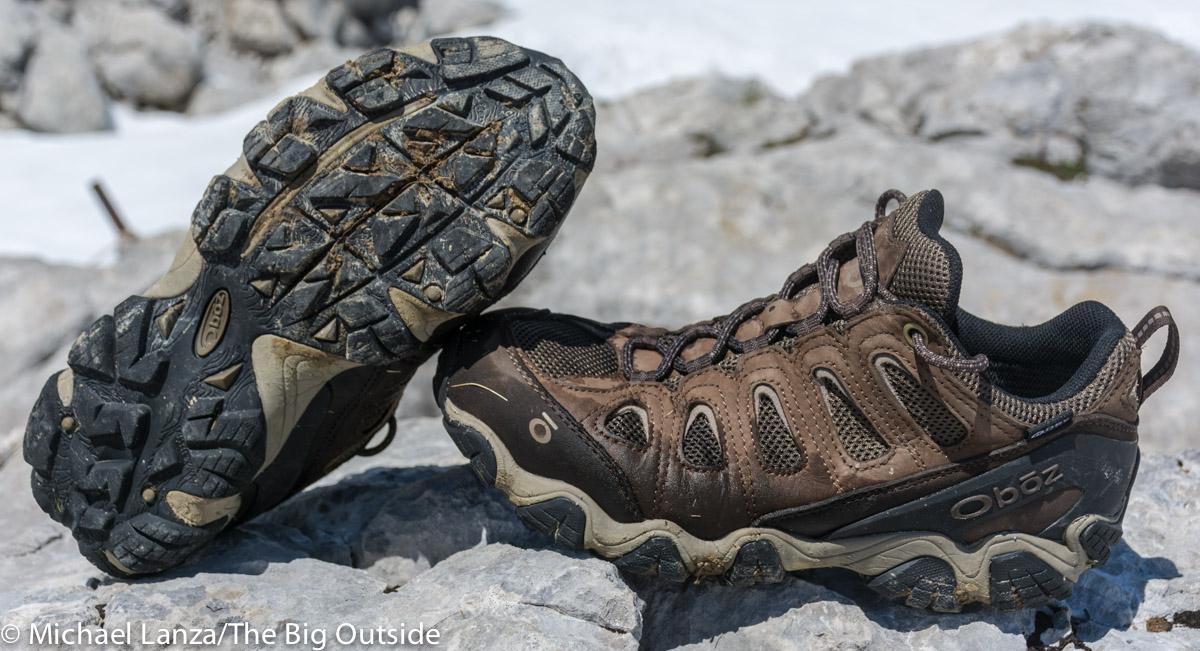
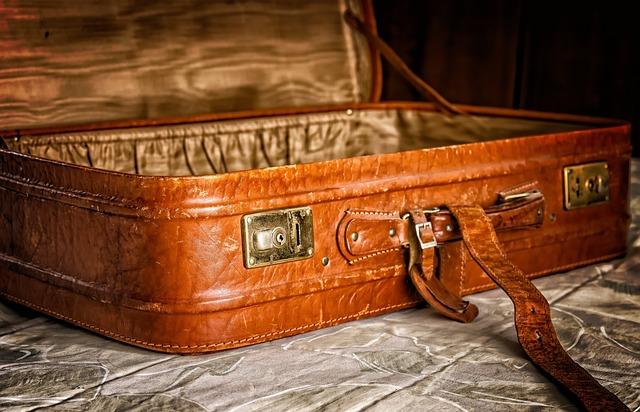
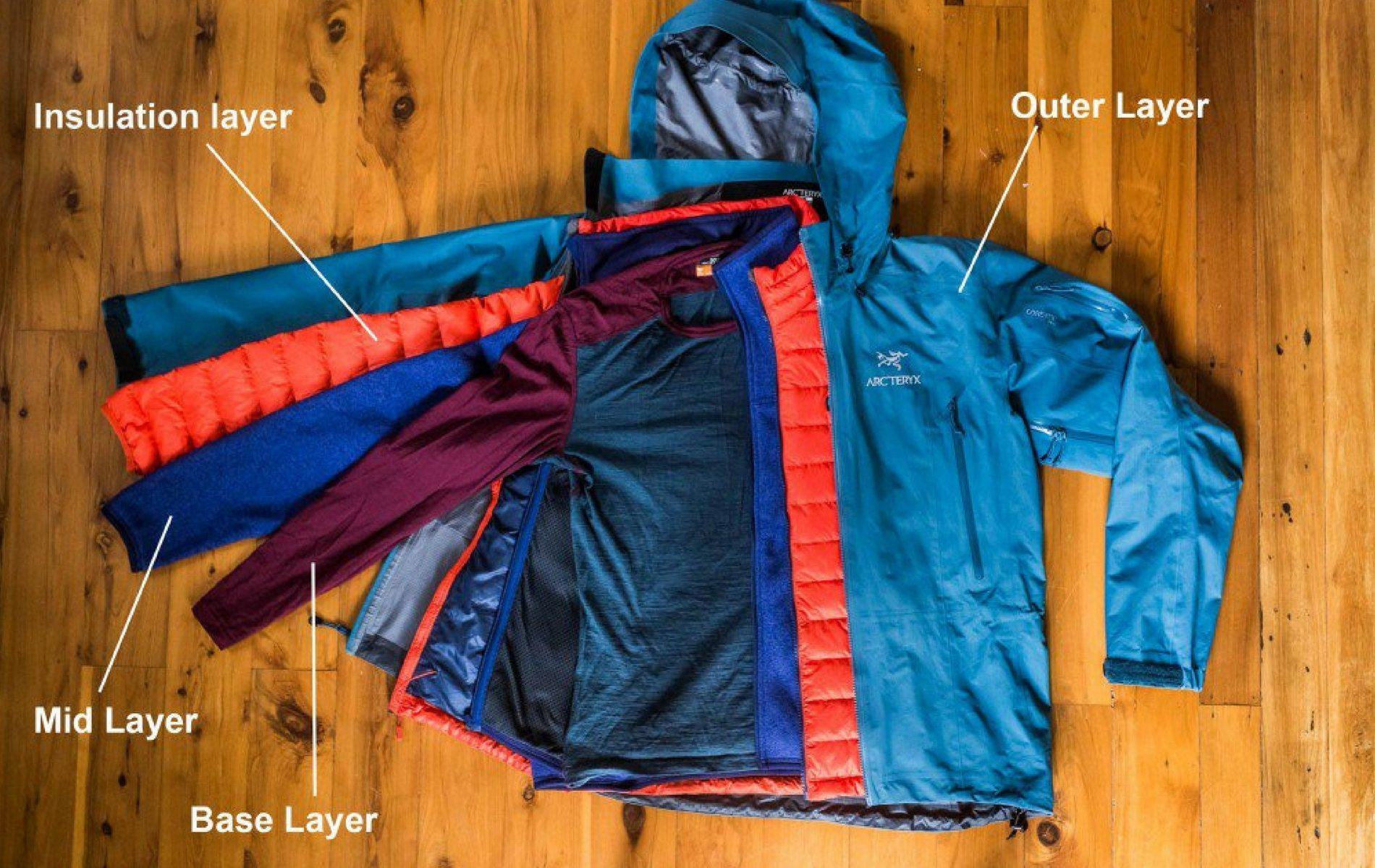
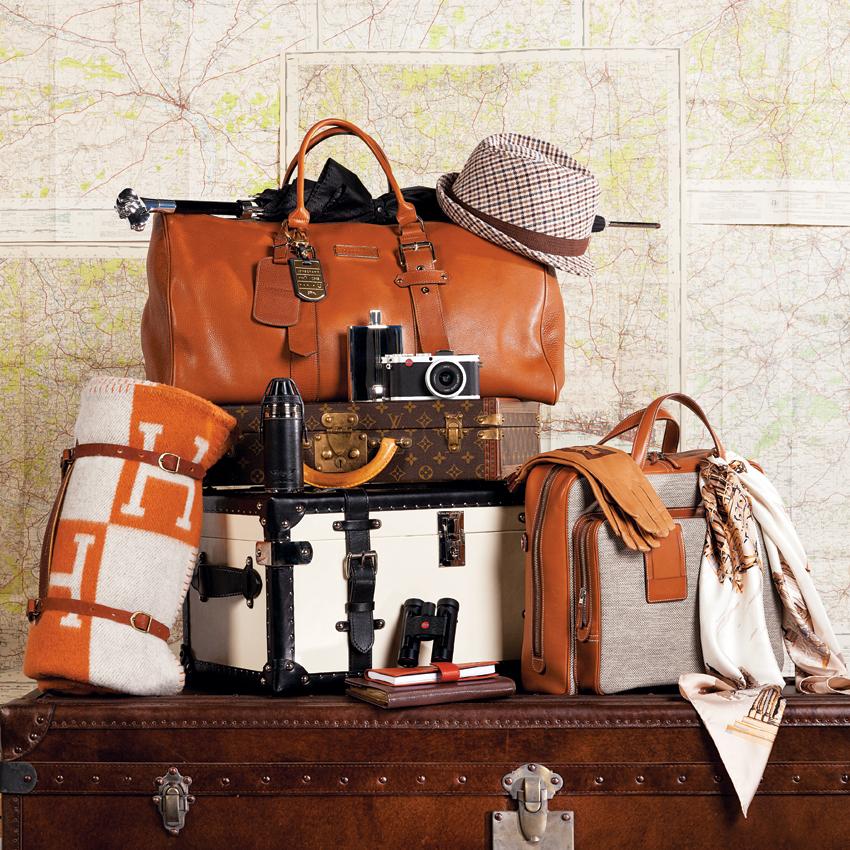


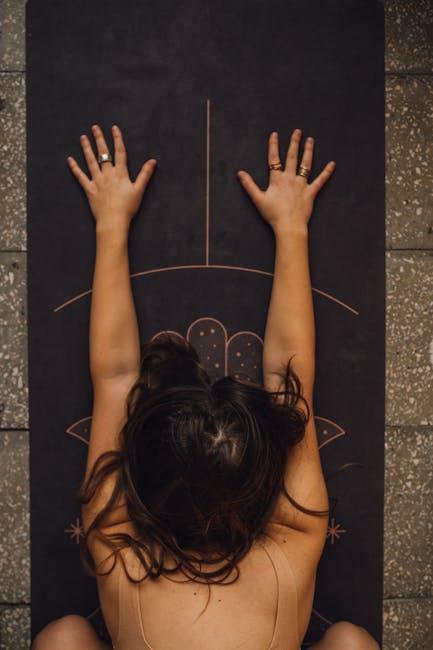

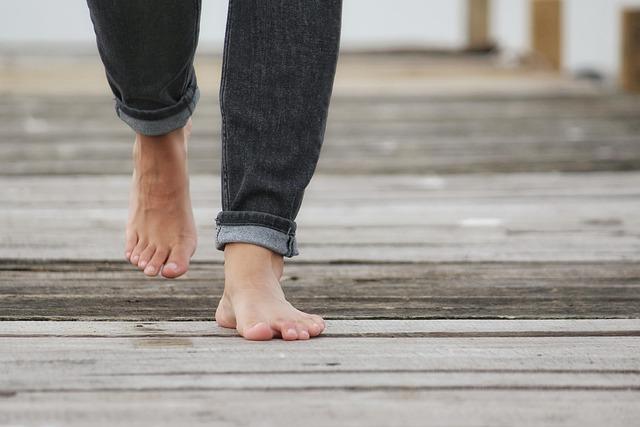

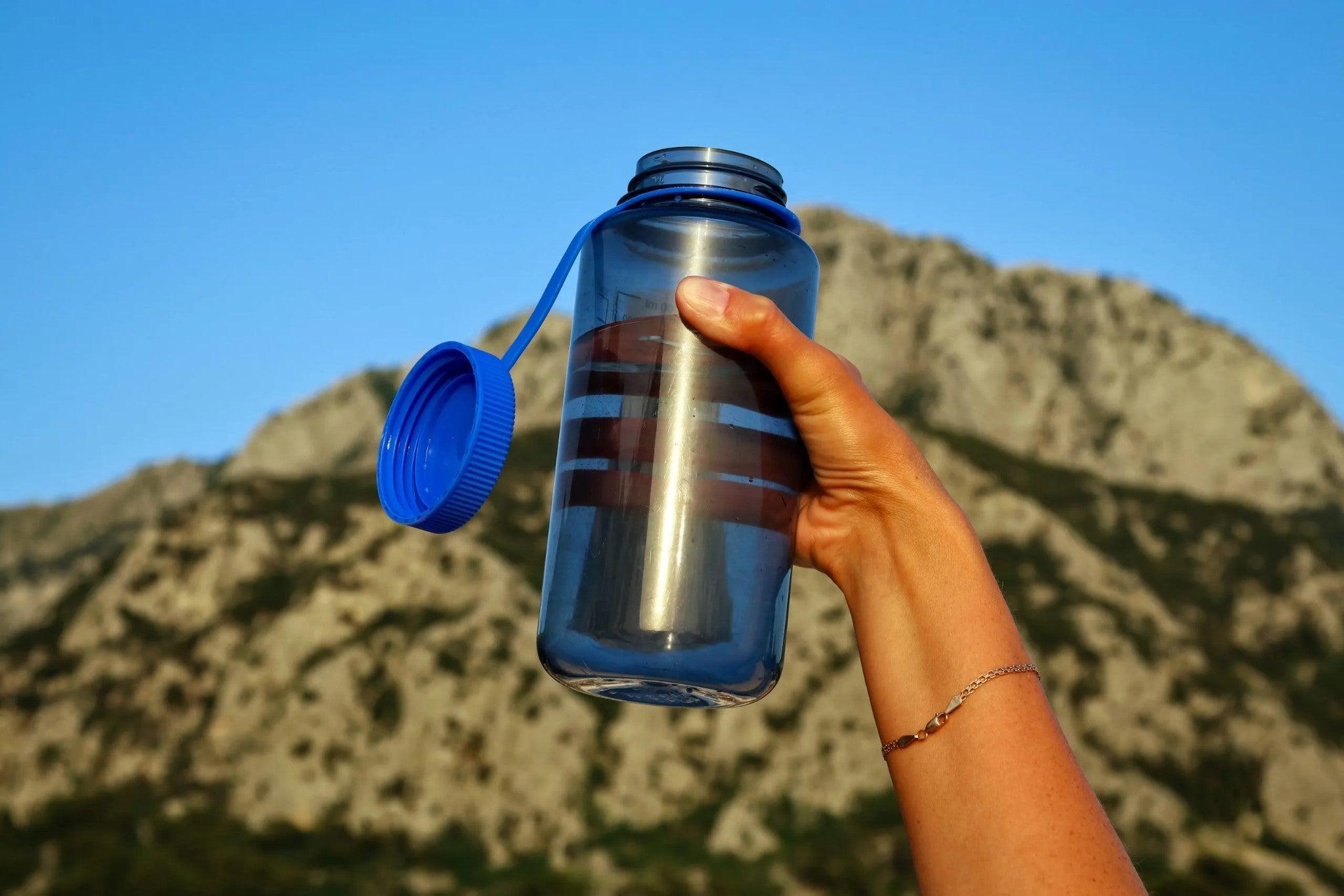
Leave feedback about this